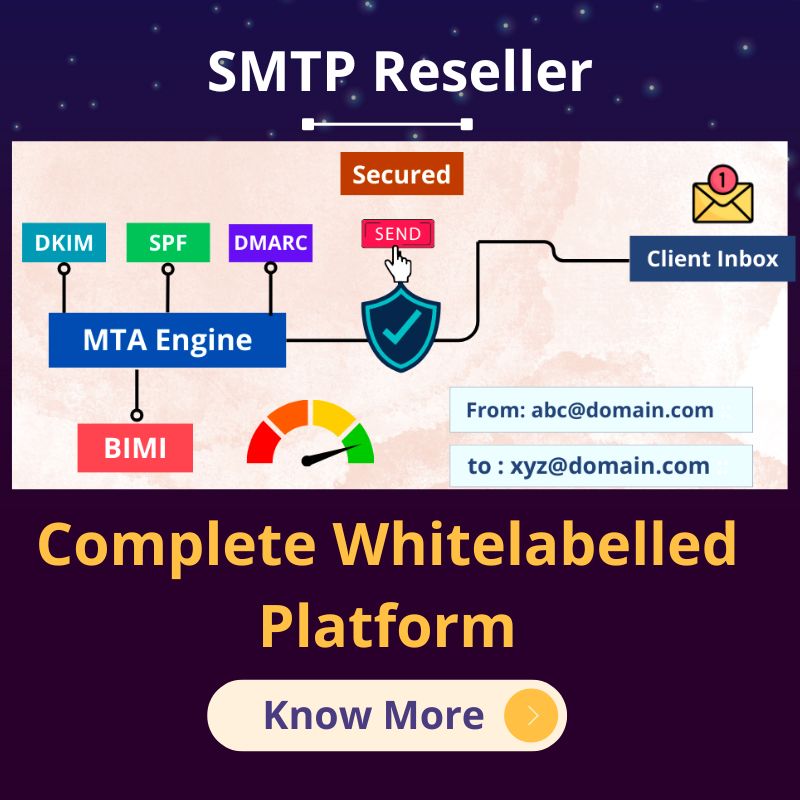The Ultimate Guide: How to Send an Email with smtpJs in JavaScript
In today’s digital age, sending emails is an essential part of our daily communication. Whether you’re a developer looking to automate email sending or just curious about the process, this guide will walk you through the steps to send an email using smtpJs in JavaScript. We’ll cover everything from setting up smtpJs to sending your first email seamlessly.
Why Use smtpJs?
Before diving into the technicalities, let’s understand why smtpJs is a popular choice for sending emails via JavaScript. SmtpJs is a JavaScript library that simplifies the process of sending emails from your web applications. Here are some compelling reasons to use smtpJs:
1. Ease of Use
SmtpJs abstracts the complexities of SMTP (Simple Mail Transfer Protocol) and provides a straightforward API for sending emails. You don’t need to have an in-depth understanding of email protocols to get started.
2. Cross-platform Compatibility
SmtpJs works seamlessly across different platforms and browsers. Whether your application is running on a website or a mobile app, smtpJs ensures consistent email delivery.
3. Secure and Reliable
Security is paramount when dealing with email communications. SmtpJs employs encryption and authentication mechanisms to ensure that your emails are sent securely and reliably.
4. Customization Options
You have full control over the content and formatting of your emails. SmtpJs allows you to customize email templates, add attachments, and tailor your emails to your specific needs.
Now that we’ve covered the why let’s get into the how.
Setting Up smtpJs
Prerequisites
Before you can start sending emails with smtpJs, make sure you have the following prerequisites in place:
1. SMTP Server
You’ll need access to an SMTP server to send emails. Many email service providers offer SMTP servers that you can use. You’ll need the server’s hostname, port, username, and password.
2. smtpJs Library
Include the smtpJs library in your JavaScript project. You can download it from the official website or include it via a Content Delivery Network (CDN).
Integration Steps
Now, let’s walk through the steps to integrate smtpJs into your JavaScript application:
1. Include smtpJs Library
Include the smtpJs library in your HTML file using a script tag:
<script src="https://cdn.smtpjs.com/v3/smtp.js"></script>
2. Initialize smtpJs
In your JavaScript code, initialize smtpJs by configuring the SMTP server settings:
Email.server = {
host: "smtp.your-email-provider.com",
username: "your-username",
password: "your-password",
secure: true,
};
Replace "smtp.your-email-provider.com", "your-username", and "your-password" with your SMTP server details.
3. Compose and Send Email
Now, you can compose and send an email using smtpJs:
Email.send({
SecureToken: "your-secure-token",
To: "[email protected]",
From: "[email protected]",
Subject: "Hello, World!",
Body: "This is the content of your email.",
}).then((message) => console.log(message));
Replace "your-secure-token", "[email protected]", "[email protected]", and the email content with your specific details.
Best Practices for Using smtpJs
To make the most out of smtpJs and ensure a smooth email-sending experience, consider the following best practices:
1. Error Handling
Always implement proper error handling in your code. While smtpJs is robust, network issues or incorrect credentials can lead to failed email deliveries. Handle these scenarios gracefully to provide a better user experience.
2. Testing
Before deploying your application with smtpJs, thoroughly test your email-sending functionality. Send test emails to yourself or a designated recipient to verify that everything works as expected.
3. Secure Tokens
Use secure tokens instead of plain text passwords when configuring smtpJs. This adds an extra layer of security to your email-sending process.
4. Rate Limiting
Be mindful of the rate limits imposed by your email service provider or smtpJs itself. Exceeding these limits may result in temporary suspensions of your email sending privileges.
5. Customize Email Content
Take advantage of smtpJs’s customization options to create engaging and personalized email content. Use HTML and CSS to format your emails and make them visually appealing.
6. Analytics and Tracking
Consider integrating email analytics and tracking to monitor the performance of your sent emails. This can help you analyze open rates, click-through rates, and user engagement.
7. Keep Credentials Secure
Never share your SMTP server credentials or secure tokens in public repositories or with unauthorized individuals. Treat these credentials with the utmost confidentiality.
Stay Updated
As technology evolves, it’s essential to stay updated with the latest developments in email sending and smtpJs. New features and security enhancements are regularly introduced, so periodically check for updates and improvements to keep your email communication reliable and secure.
Final Thoughts
Sending emails with smtpJs in JavaScript opens up a world of possibilities for web developers and businesses looking to streamline their communication processes. Whether you’re sending transactional emails, newsletters, or notifications, smtpJs provides a simple and effective solution.
Remember that effective email communication involves more than just sending messages. It’s about crafting compelling content, targeting the right audience, and analyzing the impact of your emails. With smtpJs as your email-sending tool, you’re well-equipped to embark on a successful email marketing and communication journey.
As you implement smtpJs in your projects, don’t forget to refer back to this comprehensive guide whenever you need assistance. Sending emails with smtpJs will become second nature, allowing you to focus on creating meaningful connections with your audience. Happy coding and happy emailing!
Frequently Asked Questions (FAQ)
1. Can I use smtpJs with any email provider?
Yes, smtpJs can be used with most email providers as long as you have the necessary SMTP server credentials.
2. Is smtpJs a free service?
SmtpJs offers a free tier with limitations on the number of emails you can send per day. They also provide paid plans with increased sending limits.
3. Are there any security concerns when using smtpJs?
SmtpJs takes security seriously and offers secure connections when sending emails. However, it’s essential to protect your SMTP credentials and use secure tokens.
4. Can I send attachments with smtpJs?
Yes, smtpJs allows you to attach files to your emails. You can specify the file path when composing the email.



